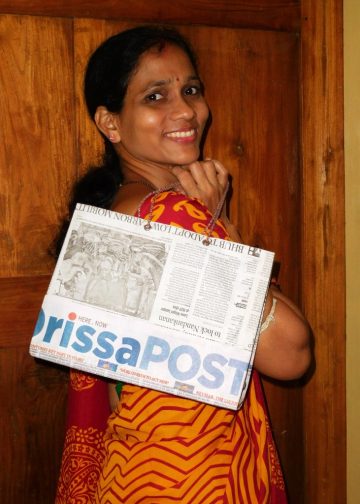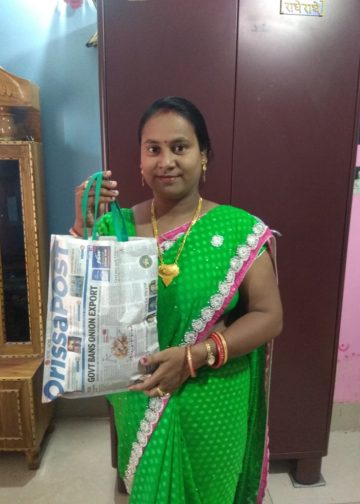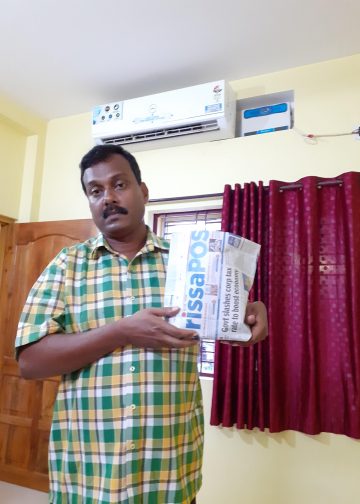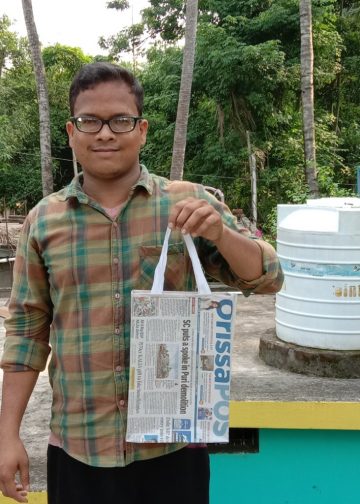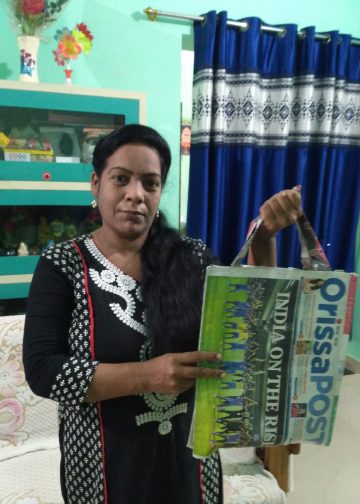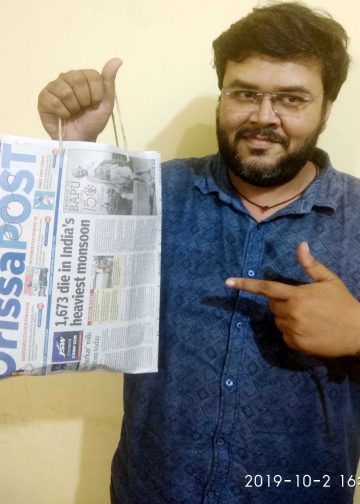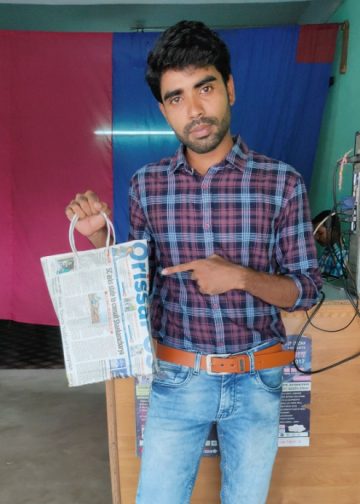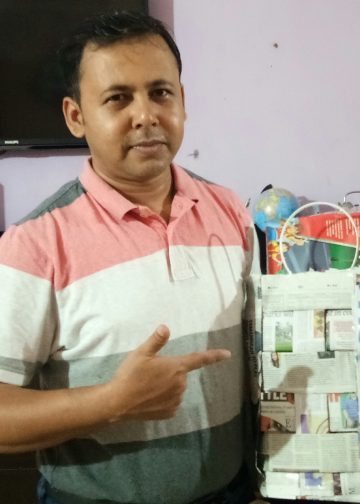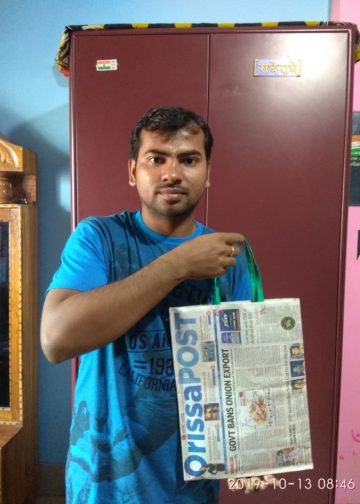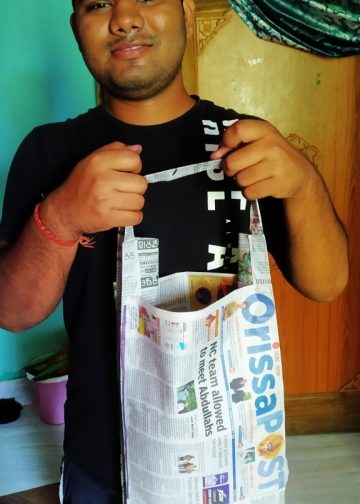“In the heart of the city, there rises the great temple of Jagannath, the Lord of the universe, begun by Chodagangas in 1135,” writes Jose Carlos Gomes da Silva in his ‘The Cult of Jagannatha: Myths and Rituals.’
Puri witnesses a turnout in lakhs during the annual nine-day Rath Yatra with pilgrims flocking to Saradhabali in front of Gundicha temple just to catch a glimpse of the divine siblings — Lord Jagannath, Lord Balabhadra and Devi Subhadra — who travel along Bada Danda (Grand Road) to visit Gundicha temple. After a nine-day visit, they return to Srimandir.
“Bada Danda represents the path of life,” said Surendra Mishra, a Sanskrit scholar at Sri Jagannath Sanskrit University. Like Lord Jagannath’s ‘Bada Deula,’ ‘Bada Pandas’ and ‘Bada Rath,’ the path he walks along also has the epithet ‘Bada,’ meaning grand.
The Bada Danda runs from Nilachal to Gundicha temple with many Mutts along the way such as Emara Mutt, Radhaballava, Badachata, Dasavatar, Chaitanya Goudia, Mangu, Languli, Bagha Akhada and Jhanjapita Mutts. Besides, several Dharmashalas or religious rest houses also line the Grand Road.
In the past, Bada Danda was very different from what it is today. Legend has it that several years ago, a river Malini flowed between Srimandir and Gundicha. Malini was a tributary of the river Bhargavi. Those days, there used to be six chariots in the Rath Yatra. There would be three chariots on each side of the tributary. However, Surendra Mishra has a different perspective on the number of Raths used in the festival earlier. He said, “Not six but seven chariots, four on one side and three on the other, were used. The seventh chariot carried musicians till the banks of river Malini.”
The holy trinity was taken to the river on three chariots and carried to the other side over a temporary bridge and then placed on their respective chariots there.
Saradhabali
Manoj Kumar Mohapatra, a suar servitor, says, “The Yatra used to have pit stops all the way. One day, Lord Jagannath appeared in a dream to Saradha Devi, wife of then king Gajapati Narasingh Dev. The Lord ordered her to have the Yatra conducted without stoppages. The Lord’s orders were adhered to and Narasingh Dev closed the mouth of the Malini river and filled the entire river with sand. The place came to be called Saradhabali, ‘Saradha’ after Narasingh Dev’s wife and ‘Bali’ which stands for sand.”
Before the Malini was filled with sand, the Gundicha (Mausima) temple had been constructed. Mohapatra added, “The Puranas say Mausima Devi sucks up the waters if a flood strikes the city and saves it.”
Interestingly, Srimandir has an association with Jainism also. The 22 steps of Srimandir, popularly known as Baisi Pahacha, are considered to represent 22 Tirthankaras of Jainism.









